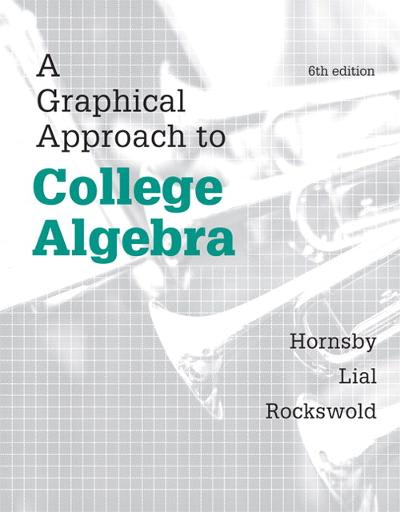ADD DEGREES OF FREEDOM
Executives at The Thinking Channel have decided to test whether the educational backgrounds of the channel's viewers are different from the educational backgrounds of American adults (ages 25 and over) as a whole. The executives have the Espanol following information on the American adult population as a whole, obtained from a recent U.S. Current Population Survey. Highest degree earned Less than high school High school College Higher than college Percent of population 12% 25% 55% 8% The executives also obtained data (from telephone surveys) on highest degrees earned for a random sample of 160 American adults who are Thinking Channel viewers. These data are summarized by the first row of numbers in the table below. These numbers are the frequencies for the degree categories that were observed in the sample of 160. The second row of numbers gives the expected frequencies under the assumption that the distribution of highest degrees earned by Thinking Channel viewers is the same as the distribution of highest degrees earned by American adults as a whole. The bottom row of numbers gives the following value for each of the degree categories. (JOSE ) (ObservedrequencyExpectedrequendy SE Expectedrequency Part 1 Fill in the missing values in the table. Round your responses for the expected frequencies to two or more decimal places. Round your SE responses to three or more decimal places. Send data to Excel Less than high High College Higher than Total X 5 2 school school college Observed frequency 12 24 108 16 160 Expected frequency 40.00 88,00 JE 0 6.400 4.545 SE Part 2 Answer the following to summarize the test of the hypothesis that the distribution of highest degrees earned by Thinking Channel viewers is the same as the distribution of highest degrees earned by American adults as a whole. Use the 0.10 level of significance for the test. (a) Determine the type of test statistic to use. X ? Type of test statistic: (Choose one) V (b) Find the value of the test statistic. (Round your answer to two or more decimal places.) (c) Find the p-value. (Round your answer to three or more decimal places.) (d) Can we conclude that the distribution of highest degrees earned by Thinking Channel viewers is different from the distribution of highest degrees earned by American adults as a whole? Submit Assignment Continue 2021 McGrav







